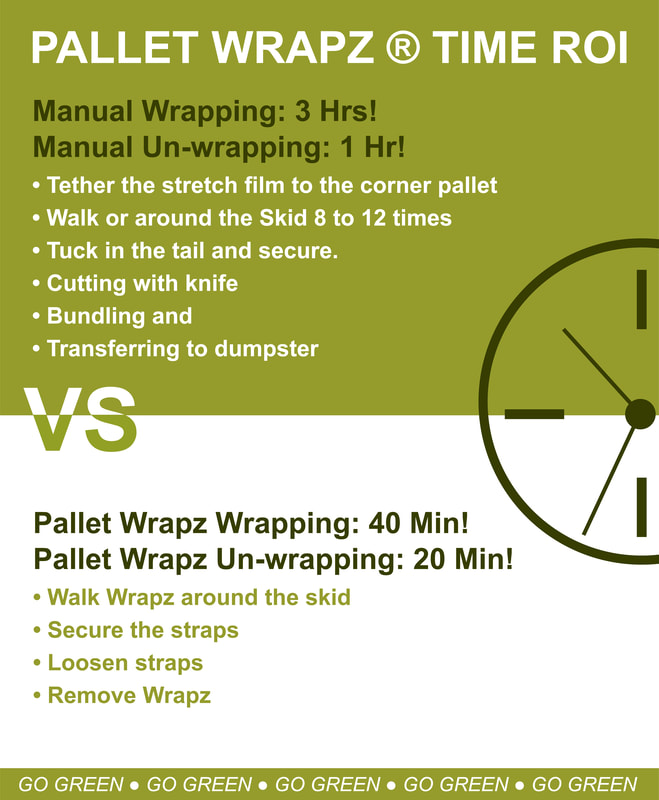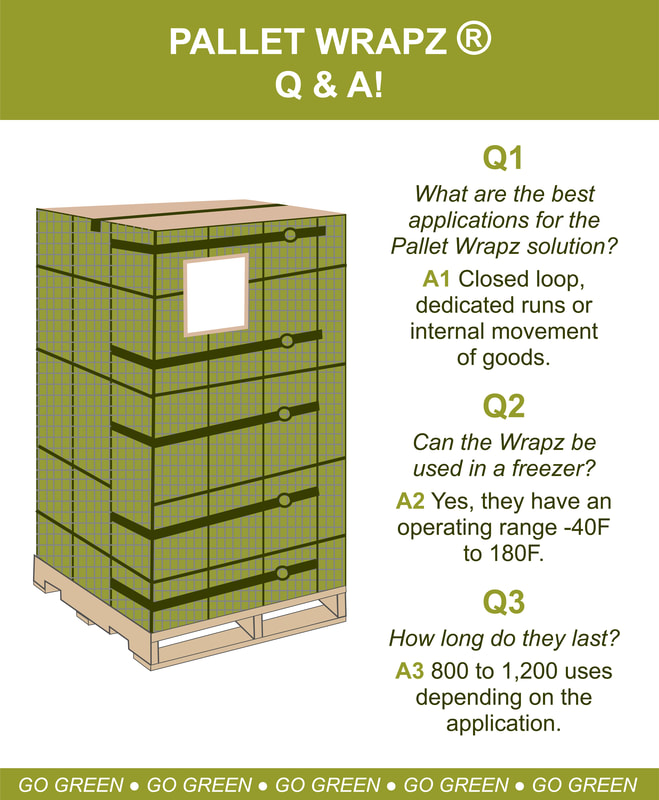|
|
AuthorWrite something about yourself. No need to be fancy, just an overview. Archives
October 2021
Categories |
Pallet Wrapz, Inc.
Questions, please call toll free 855-733-4880
847-729-5850 or fax 847-729-6388 Glenview, IL 60025 Made In USA Please consider the environment before printing this page.
|
|
|
Website services provided by: Newmedia Design Solutions, Inc. Site created and managed by: www.newmediab2b.com/





 RSS Feed
RSS Feed
